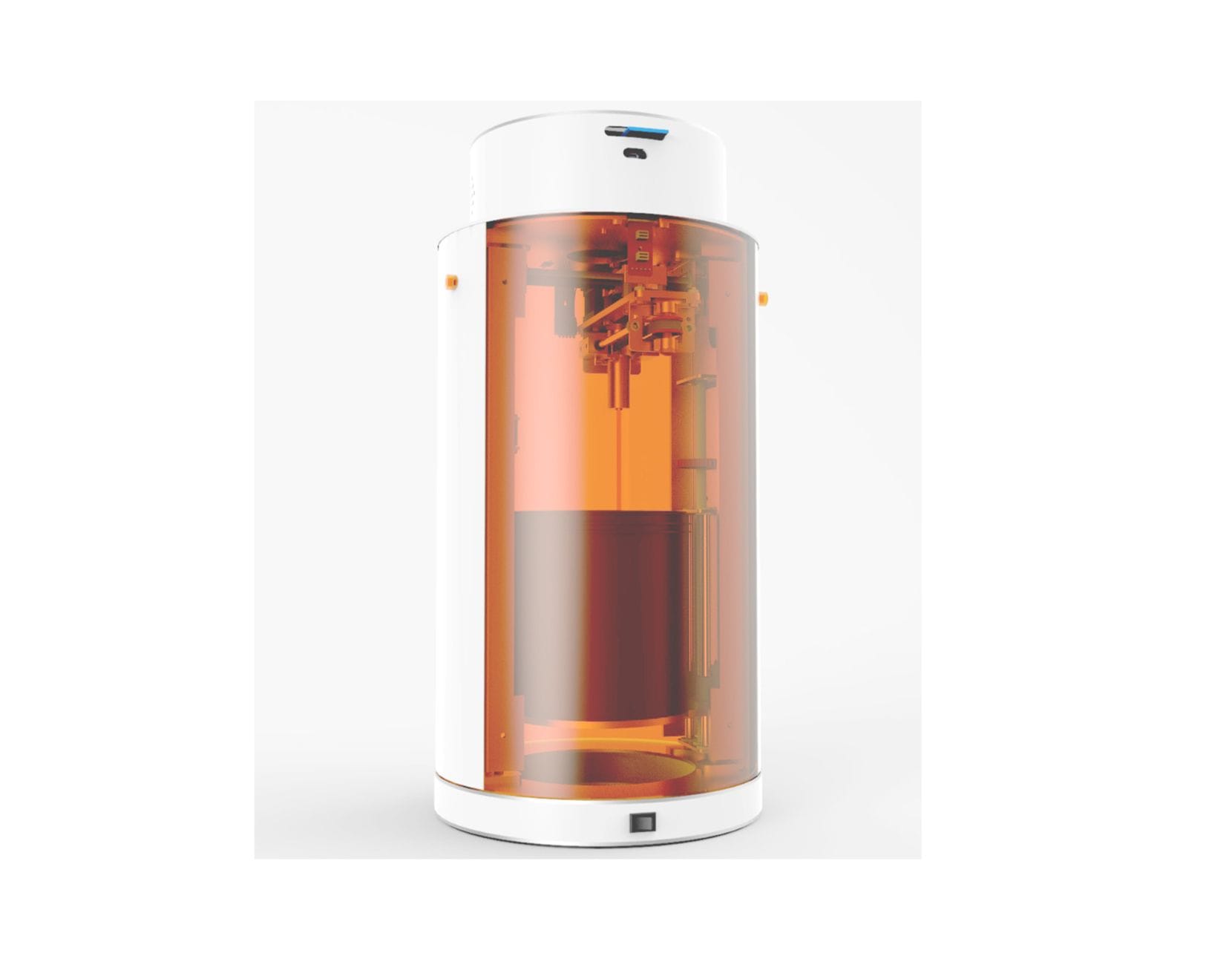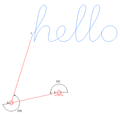
It was approximately two years ago that the LumiPocket LT Personal Fabricotor launched, but it was only this year that the product shipped in volume to clients.
Lumi Industries, based in Italy, launched the original LumiPocket LT machine in the summer of 2015. It was touted as an inexpensive resin-based desktop 3D printer, with a twist.
The machine is termed as a “Personal Fabricator”, because it does more than simply 3D printing. The builders realized that the laser required for selectively solidifying the UV-curable resin could be used for other purposes.
Thus the LumiPocket LT became a “Personal Fabricator”, which can perform laser etching (using the same laser system) on what the company terms “soft materials”:
LumiPocket LT is also a laser engraver that can work on several soft materials like paper, paperboard, wood, MDF, leather, expanded polystyrene, fruit, chocolate bars, eggs, fruit and even Halloween pumpkins!

This etching capability is also able to create printed circuit boards by using a “presensitized blank board”. Evidently you etch the special blank, then apply a chemical treatment to dissolve away the unused copper to leave the circuit traces intact.
Transforming an otherwise standard desktop 3D printer into a utility making device is not a new concept, and has been done by several other parties, but most typically is done on a filament extrusion machine, which has a more powerful motion system capable of including CNC milling, for example. The LumiPocket LT Personal Fabricator does not include CNC milling.
I should caution you that the laser power here is quite small: only 140mW. To put this in perspective, a decent tabletop laser system capable of cutting wood, say, would rate at around 40W. That’s about 300X more than the power of the LumiPocket LT laser system. Therefore, don’t expect to be cutting anything, and even your etching might not be very quick.
But another part of the update is some of the reasoning behind their shipping delay. They explain:
After being successfully funded, the project delivery has been delayed due to some modification we implemented to make the 3D printing function more accurate and precise, keeping the same price level.
The Scara arm which was meant to move the UV laser for resin curing, has been replaced by a cartesian system of motion to provide more stability and therefore a higher quality output.

Aha! One of the unusual aspect of their original design was the use of a SCARA system. If you’re not familiar with a SCARA motion system, it’s a bit different. SCARA stands for “Selective Compliance Articulated Robot Arm” and operates by leveraging two connected rotating arms.
Using this system it is obviously theoretically possible to access all points on a grid, but evidently it did not work out very well for Lumi Industries, who had to replace the motion system with a more conventional cartesian design.
This is perhaps not so surprising, because if you think about it, a cantilevered 2D SCARA system operating in 3D space would likely be pretty wobbly as it has support at only one end and several moving parts. So it’s probably a good thing they did this swap-out.
However, it has obviously caused a significant delay in shipping their equipment. But to their credit, they actually have been shipping units. I can think of many other Kickstarter projects that would not have survived such a situation.

